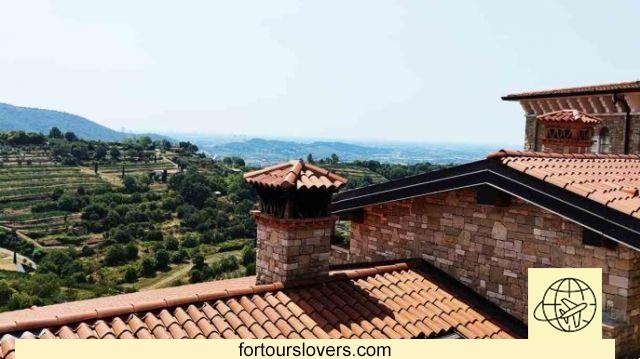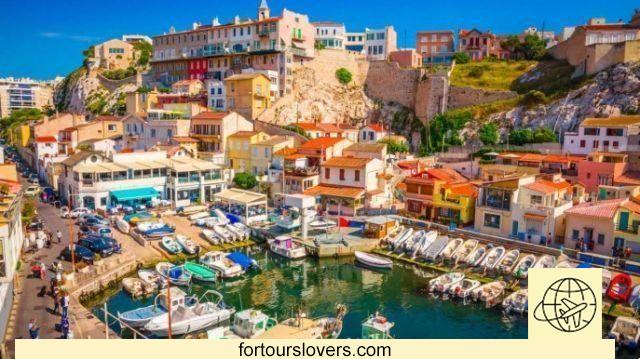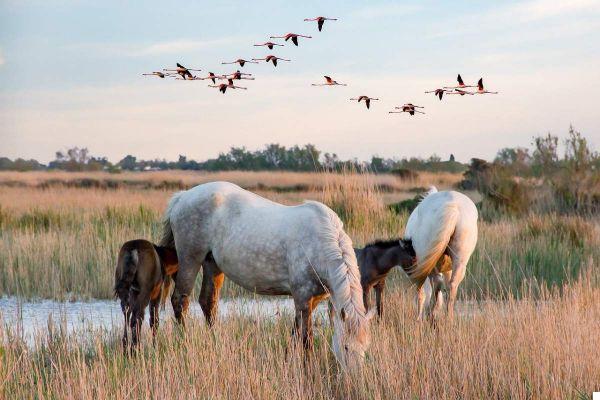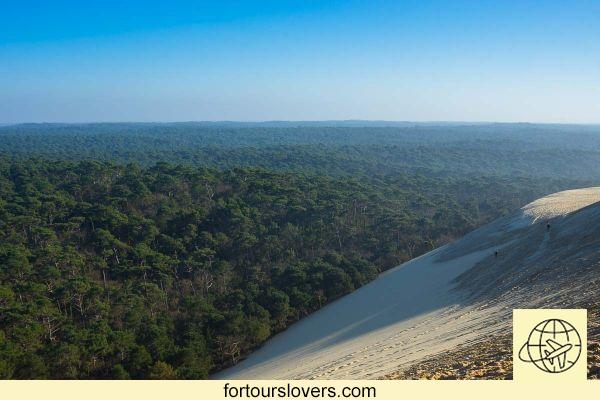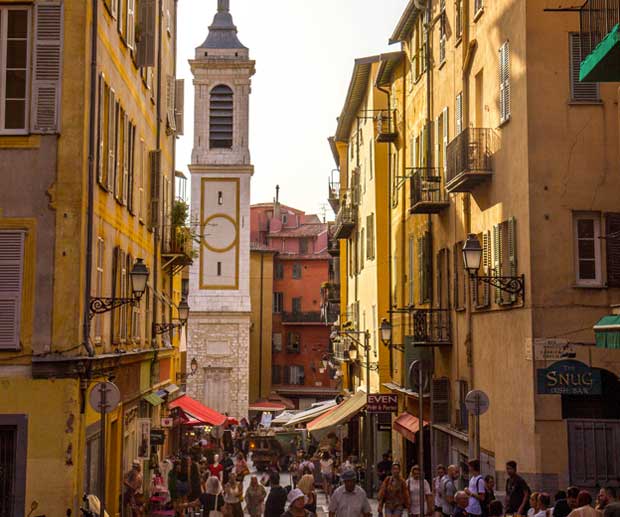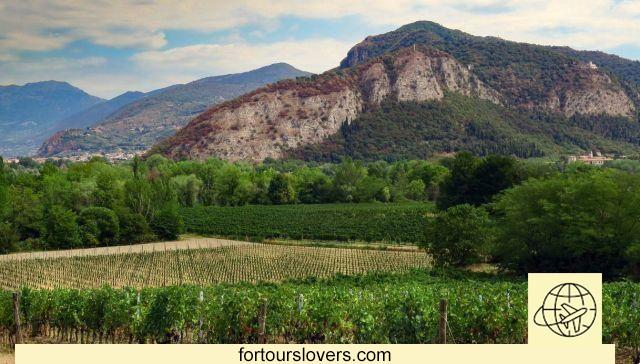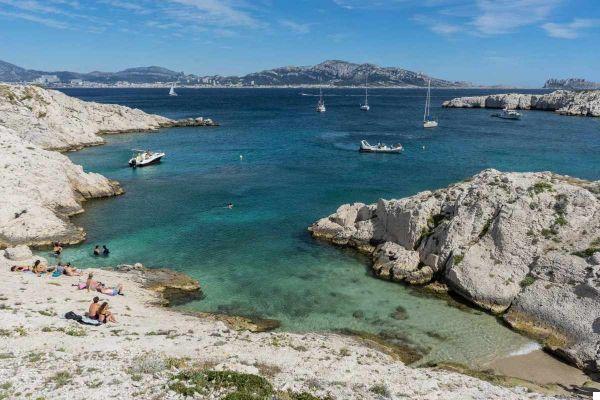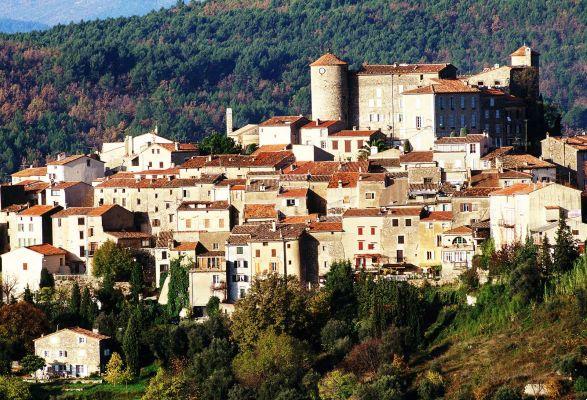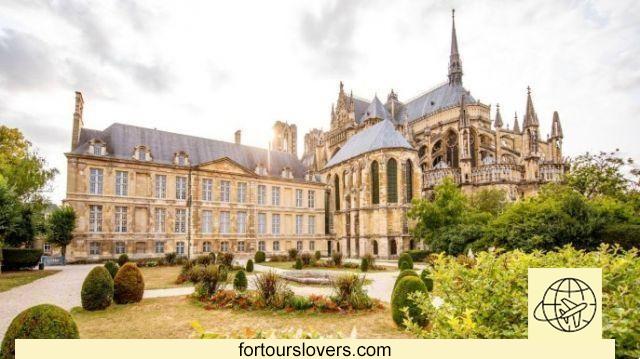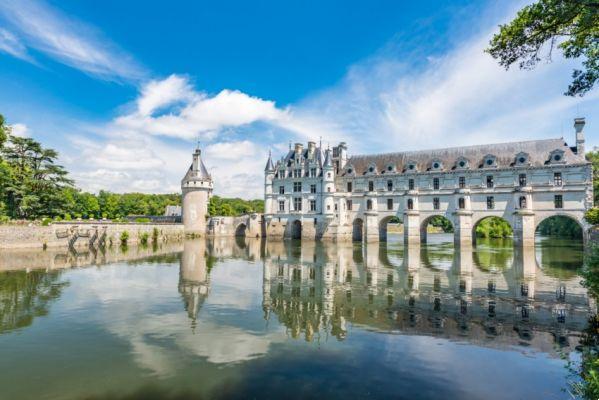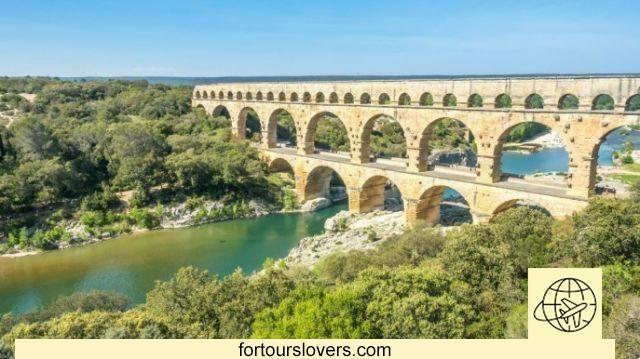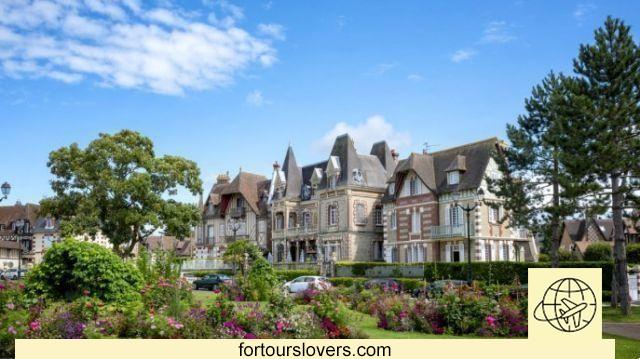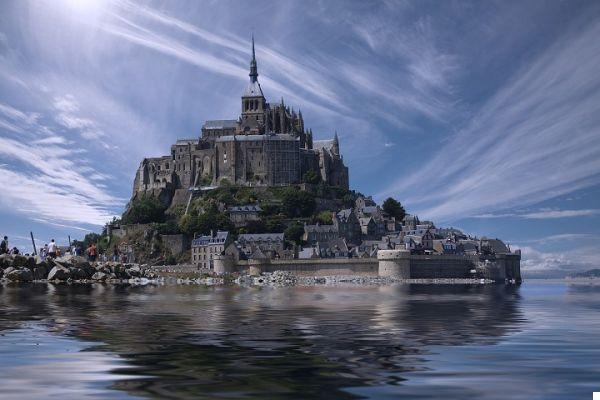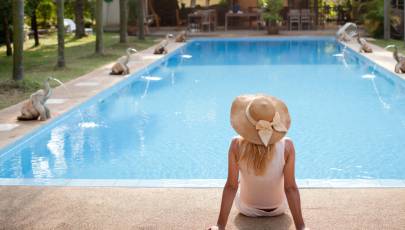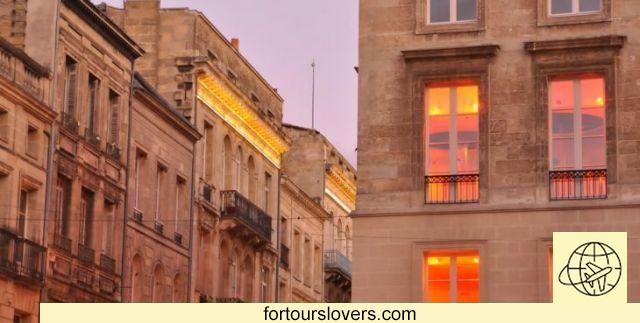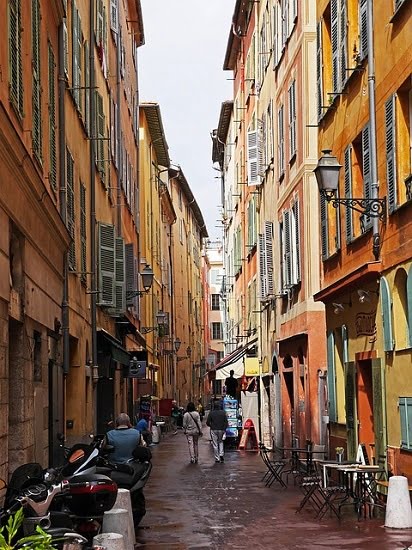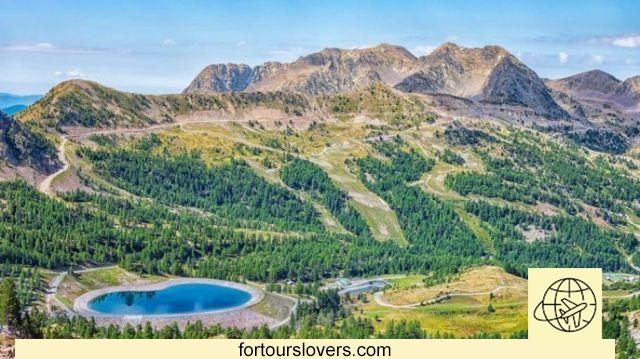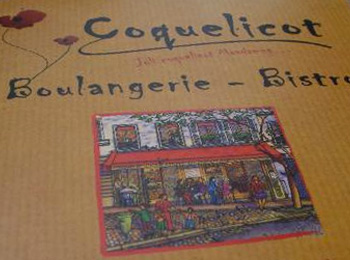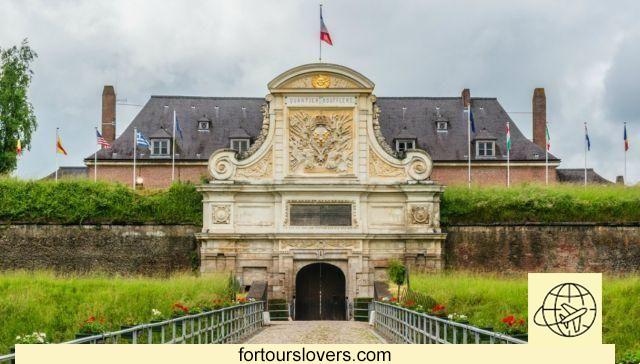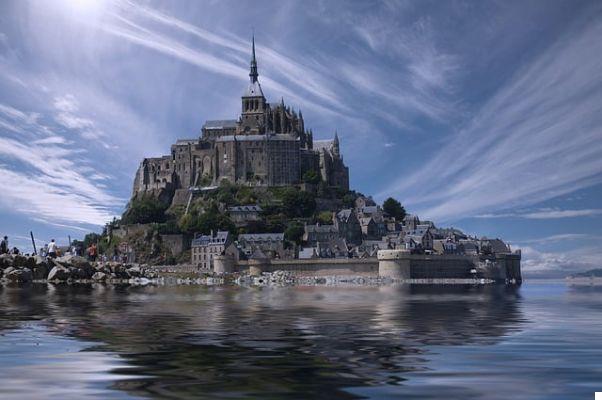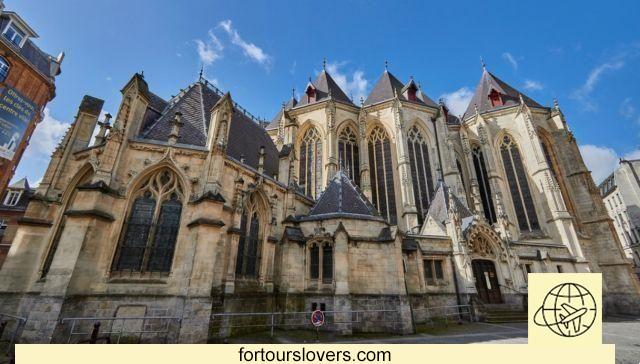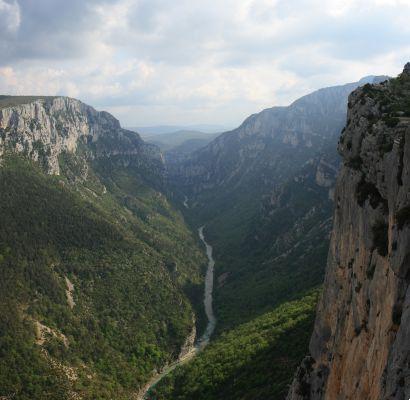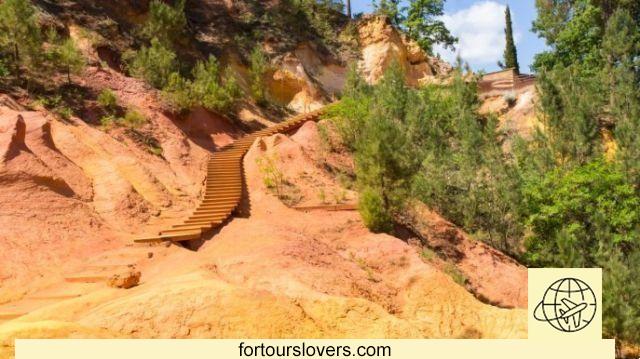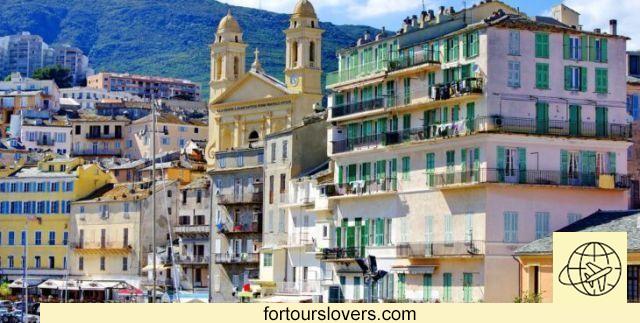
Bastia
9 things to do and see in Bastia and 1 not to doMain port of Corsica, as well as the capital of one of the two districts into which the island is administratively divided (Haute Corse), Bastia gives Ajaccio the palm of the most inhabited city and the status of regional capital. For the rest, the dispute between the two cities for the primacy of queen of the island has been going on since time immemorial. Indeed, parochialism is a distinctive trait of insularity with reflections that in Corsica, as is well known, also affect relations with France. History and politics aside, the tourism represents one of the main economic resources of the territory together with industry and commerce. Bastia welcomes crowds of visitors from Spain (ferries from Genoa, Livorno, Savona etc.) and from France (from Nice, Marseille, Toulon). It's not over because about twenty kilometers from the center, there is also the international airport (Bastia-Poretta) with connections to / from France, Germany, Belgium, Spain etc. In short, Bastia is one international destination where it is pleasant to stay both as a destination in itself and as part of a larger tour to discover Corsica. Below, we see together the main attractions of the city. Happy reading.
1 Porto Vecchio
The small distance between the old port and the commercial port of Bastia does not reflect the great historical, cultural and environmental distance that instead passes between the two environments. If the commercial port, in fact, with its traffic and the comings and goings of ferries testifies to the economic and tourist importance reached by the city, Old Port, on the contrary, it is a kind of postcard of the "Bastia that was". The fishing boats, the nets on display, the balconies with hanging clothes and the decadent facades of the buildings (see photo) bring the image of Bastia closer to that of many realities in southern Italy and the Ligurian coast. In short, a typically Mediterranean imprint in which the Genoese architectural heritage is evident. Therefore, before continuing further, it is worth stopping in this area, perhaps stopping at the tables of one of the bars and restaurants present. To be seen!
2 Church of San Giovanni Battista
About three hundred meters from Vieux Port, theEglise Saint Jean Baptiste it is another unmissable stop on a visit to Bastia. This is the largest church in all of Corsica, built around the middle of the 600th century in mainly Baroque style. The two stand out above all twin bell towers on the sides of the main facade, while inside the silver tabernacle that adorns the main altar, the work of the Sienese goldsmith Gaetano Macchi, thepipe organ and statue of St. John which is carried in procession through the streets of the city on the occasion of the anniversary of the saint, on 23 June. An integral part of the party, the gigantic bonfire set up in the evening at the entrance to the Old Port. It is an ancient pagan rite, however very widespread (bonfire of San Giovanni Battista), which celebrates the beginning of the beautiful season, a fundamental time for the success of the harvest. An evident case of syncretism in which the profane element, rather than being expelled from the celebration, is "re-signified" in a coherent, or at least non-conflictual, way with the new religious message. An additional reason for charm which, in other respects, refers to the historical role of archconfraternities, starting with that of the Immaculate Conception which we will discuss more fully in the next point.
3 Oratory of the Immaculate Conception
Just over a hundred meters from the Church of San Giovanni Battista, the Oratory of the Immaculate Conception is another obligatory stop on a visit to Bastia. The Chapel dates back to the early 600s as proof of what was said previously about the secular role of the archconfraternities in the Corsican city. There external facade in white marble is from the XNUMXth century, while the portal is from the early '700. Inside, however, there is a beautiful Baroque Christ whose anatomical details leave visitors amazed. Finally, a historical note: from 1794 to 1796 the Oratory of the Immaculate Conception was the official seat of the Anglo-Corsican Parliament, a political-diplomatic page that is inscribed in the greatest history of Corsican independence, which we mentioned in a previous article dedicated to the island. To be seen!
4 Oratory of the Confraternita Santa Croce
As reiterated earlier, the brotherhoods have left an important mark in the city of Bastia. Let's talk about a respectable church heritage, mostly dating back to the 600s, the subject of a real tourist tour to discover the Corsican Baroque, a legacy of the Genoese domination on the island. In addition to the Confraternity of the Immaculate Conception of which we have just written, the Oratory of San Rocco is also worth a visit, just a hundred meters away and, above all, theEglise Sainte-Croix far, however, about a kilometer. The latter church is famous for two reasons: for being the oldest in the city and for hosting the Crucifix of Miracles, wooden sculpture of the early 400s, better known as the "Black Christ". The crucifix is kept in a beautiful chapel with coffered ceiling and it is the object of authentic veneration by the faithful. Furthermore, not even 50 meters away, there is also the Cathedral of Santa Maria famous, among other things, for the beautiful statue of the Virgin kept behind the main altar. To be seen!
5 Place Saint Nicolas
Don't be fooled by ranking fifth in this list of things to do and see in Bastia. In fact, Place Saint Nicolas is almost always one of the first stops on a visit to the city, especially due to its proximity to the port where ferries leave and land.. Almost 300 meters long and 90 wide, it is the ideal square to let the children roam, in case you move with children in tow, and / or to read a book while sipping a drink at one of the tables of the bars and restaurants in the area. On the southern side of the square stands one statue of Napoleon, made by the Italian artist Lorenzo Bartolini (see photo). To commission the work, which initially should have remained in Italy and later, instead, be transported to Ajaccio, was Elisa Bonaparte Baciocchi, princess of Lucca and Piombino and, above all, sister of the Emperor of France. However, it is not the only monument present. There is also a war Memorial, with the representation of a mother who "gives" her third child to Pasquale Paoli, leading exponent of the cause of Corsican nationalism. It is not over, because Place Saint Nicolas hosts the city market (and it could not be otherwise, considering the space available) and almost all the tourist events in the city. Furthermore, parallel to the square they "walk" Boulevard Paoli e via César Campinchi, by far the best roads for it Shopping. Not to be missed!
6 Palace of the Governors
The aspect that stands out most and that makes a visit to the Palais des Governeurs and the chromatic contrast between the orange facade of the building and the blue sky of Bastia. The palace, built on a pre-existing tower of 1380, dates back to the end of the 400th century even if it became the residence of the Genoese governors (hence the name) only from 1521. At the end of the Genoese dominion at the end of the 700th century, the Palazzo dei Governatori it became a military barracks and this remained its intended use until the Second World War. In 1977 the recognition of "Historical Monument" by the French government and in 2010 the preparation of the Ethnological Museum with a permanent exhibition on the urban, intellectual and artistic development of the city, alongside a series of temporary exhibitions to act as a tourist-cultural attraction. To be seen!
7 Jardin Romieu
Having spoken of the Old Port and the Palazzo dei Governatori, we cannot avoid dedicating a passage to the Romieu Gardens, suggestive connection between the aforementioned points of interest. A sense of peace, in the heart of the city, of great landscape-environmental value. On the one hand, the luxuriant Mediterranean vegetation, to which the city administration dedicates important resources for periodic maintenance; on the other the Romieu staircase (see photo), designed by the local architect Paul Augustin Avenue, and built between 1871 and 1873. We are talking about a staircase with gentle curves, embellished with vases, fountains, wrought iron railings and many other small details which, especially at dusk, make the atmosphere particularly romantic. To be seen!
8 Cathedral of Lucciana
In the municipality of Lucciana, just 2 kilometers from Bastia-La Poretta airport, there is one church of the twelfth century which is worth visiting. Is called "La Canonica" and it is a fixed stop for those - and there are many - who love to discover Corsica on the road. All around the church, dedicated to Santa Maria Assunta, there is a large archaeological park that over the years has returned thousands of finds of great value to the local community. A respectable heritage that the municipality of Lucciana, together with the other territorial articulations of the island and, ça va sans dire, in agreement with the French Ministry of Culture, is transforming into a museum. Declared purpose: to maintain, enhance and support archaeological research around the area. For more information see the place: www.musee-mariana.com.
9 Stagno di Biguglia Nature Reserve
Along the road that leads from Bastia to the Cathedral of Lucciana there is another unmissable stop: the Pond of Biguglia. We are talking about an area of over 10 hectares that crosses the municipalities of Furiani, Biguglia (hence the name), Borgo and Lucciana. Hundreds of bird species nest in this habitat (among others: black coot, musk duck, mallard, cormorant, etc.), a circumstance that made environmental protection necessary (Réserve naturelle de l'étang de Biguglia) for the benefit of biodiversity but also tourists who can thus enjoy a real natural paradise. To be seen!
1 Don't stay too long
Bastia, like all of Corsica, is a quiet city. Of course, the independence movement underway in several circumstances has put the island in fibrillation but there have never been any problems with tourists. Therefore, to limit, the only thing not to do is to stay too long in the city. It must be said that more often the opposite mistake is made: Bastia, in fact, pays tourism for the fact that it is the port of call in Corsica, which is why many times you go straight and head elsewhere on the island. All legitimate as long as you carve out at least 1 or 2 days, perhaps those preceding the end of the holiday, to deepen your knowledge of the city. You will not be disappointed!




